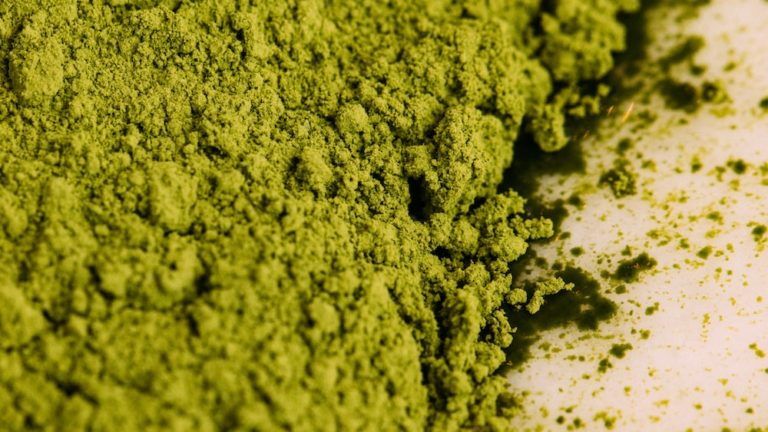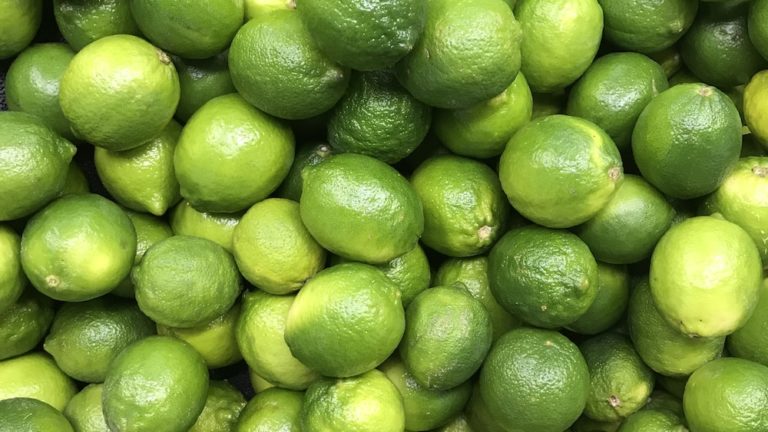Uncovering The Origins: Where Does White Tea Come From?
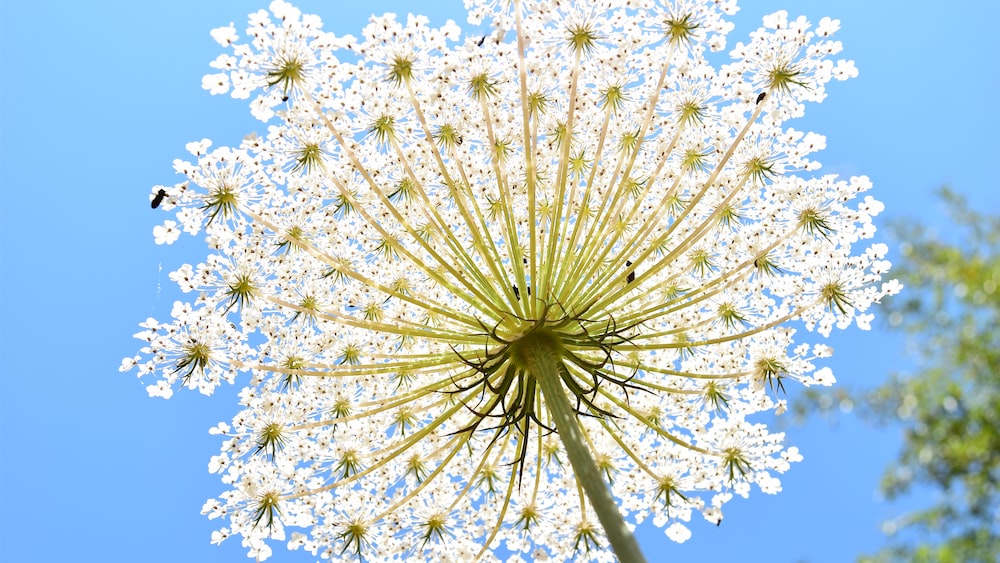
Uncovering The Origins: Where Does White Tea Come From?
Hello there, tea enthusiasts, and wellness seekers who are as bewitched as Alice in Wonderland by the thrilling world of tea! Let’s pour ourselves a cup and delve into the tale of the seemingly innocent but mysteriously enchanting white tea. Have you ever sipped your tea and wondered, “where does white tea come from?” Well, allow me to take you on a journey twirling through the swirls of your steaming cup, stepping down the leafy lanes of its origin, unmasking white tea in all its glory.
I’m sure the names “Silver Needle” or “White Peony” excite your taste buds just as much as “chocolate eclairs” do for a sweet-tooth. So wouldn’t it be fascinating to know where these delicious teas originate? And how are they so different from our regular green or black teas? Curiosity piqued? Keep that cup handy, and let’s unpack the magic leaf by leaf, from the delightful aroma to the last sip that leaves your soul murmuring with joy.
Also, let’s not forget our health-conscious friends. I bet you’re keen to know if white tea is more than just a hot brew – is it an elixir of health? Can it be a part of your wellness routine? Well, come along, my friend. Let’s quench our thirst for knowledge together!
Understanding White Tea
But what in the world is white tea? Well, brace yourself for a revelation – it’s a type of traditional Chinese tea! How’s that for a start?
What is White Tea?
Allow me to break it down. White tea, as a category of traditional Chinese tea, is derived from the young buds and young leaves of the tea plant, Camellia Sinensis.
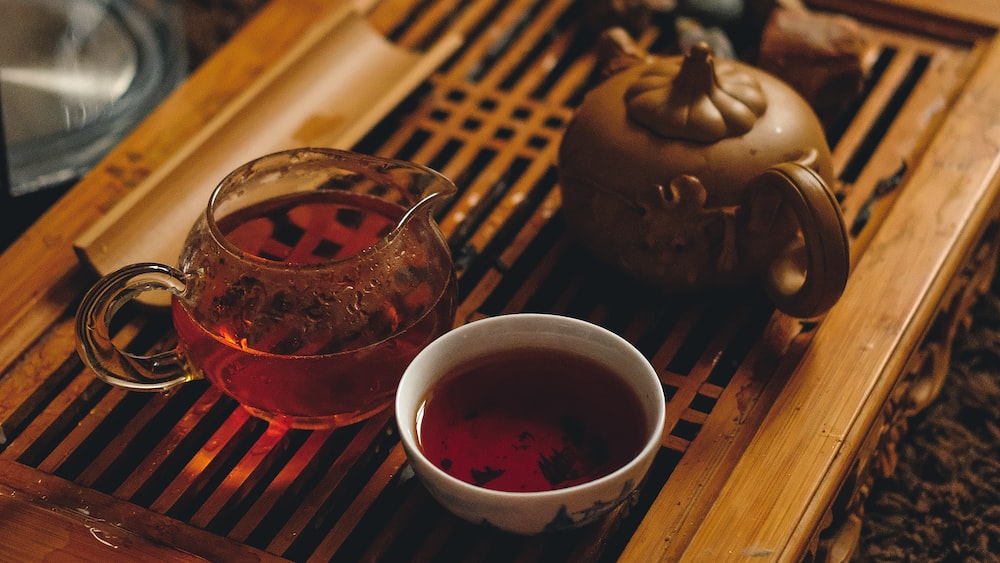
Don’t you simply adore the idea of savoring the innocence of a plant in its tender, juvenile stage? Also, fun fact alert: it flaunts its white mane (ok, technically it’s the fine silver-white hairs on the unopened buds of the plant, but we can play, can’t we?).
White tea is made from the young buds and leaves of the tea plant, known for its innocence and white mane-like appearance.
The Unique Characteristics of White Tea
Now let’s steep ourselves into the idiosyncrasies of this dreamy brew. Imagine a tea connoisseur (go ahead, that’s you!) sitting by a window on a rainy afternoon, the warm steam wafting from your cup, carrying with it the sublime, ethereal aroma of white tea.
The first thing you’ll notice is the subtle, delicate flavor profile that cannot be achieved by donning a chef’s hat and storming the kitchen. The beauty of white tea lies in its simplicity and minimalistic processing, which ensures the delicate preservation of its natural, gentle, floral character.
What about the color, you might ask? Now, don’t let your imagination go galloping towards vanilla ice cream! While it is called “white” tea, the actual brew exhibits a dainty pale yellow hue – like a shy sun after a bout of rain. Isn’t nature a brilliant artist?
The Origin and History of White Tea
Like an intriguing book whose pages we can’t stop turning, let’s turn the page towards the origin and history of this mesmerizing beverage.
The Birthplace of White Tea
In the tea world, location matters more than in a real estate investment! So, where does white tea come from? White tea is like the ‘firstborn’ in the family of teas, its home being the historical roots of China.
China’s Fujian province, to be precise. This sun-kissed region, veiled in mists, has nurtured the tea bushes tenderly, cajoling them into gifting us the delicate, prized brew.
In the remote Taimu mountains, where clouds play hide and seek with the sunlight, the temperate weather with its just-right twist of humidity whispers sweet nothings into the tea bushes, ensuring the impeccable production of top-quality white teas.
Historical Background of White Tea
Let me whisk you into the tea time machine. Buckle up – we’re traveling to the heyday of the Tang Dynasty (618–907). This period saw white tea being revered as the tea’s “whiskered aristocrat,” only meant for the royal court.
But, of course, who could keep this exquisite elixir hidden for long? The Song Dynasty (960–1279) saw white tea’s mass production and widespread popularity. By the Qing Dynasty (1644–1912), white tea found its ‘avatar’ as we know it today, setting standards in the tea galleries of the world. Quite a traveler, our dear white tea, isn’t it?
The Production Process of White Tea
Let’s move from the historical saga to the magic show – the production process of white tea!
The Harvesting of White Tea
Imagine plucking sun-kissed plump grapes from a vineyard. Now replace the grapes with delicate tea buds. The pure-hearted don’t need much, do they? That’s why we pluck only the unopened silver-lined buds and young leaves in early spring, squeezing sunshine, morning dew, and laughter into our buds of white tea.
But don’t think we’re taking a leisurely walk in the park! Timing, my friends, makes all the difference. A single bud and leaf (two leaves at times if the tea gods are generous) are harvested just once a year. This narrow timeframe makes white tea as treasured as finding a golden ticket in your chocolate bar.
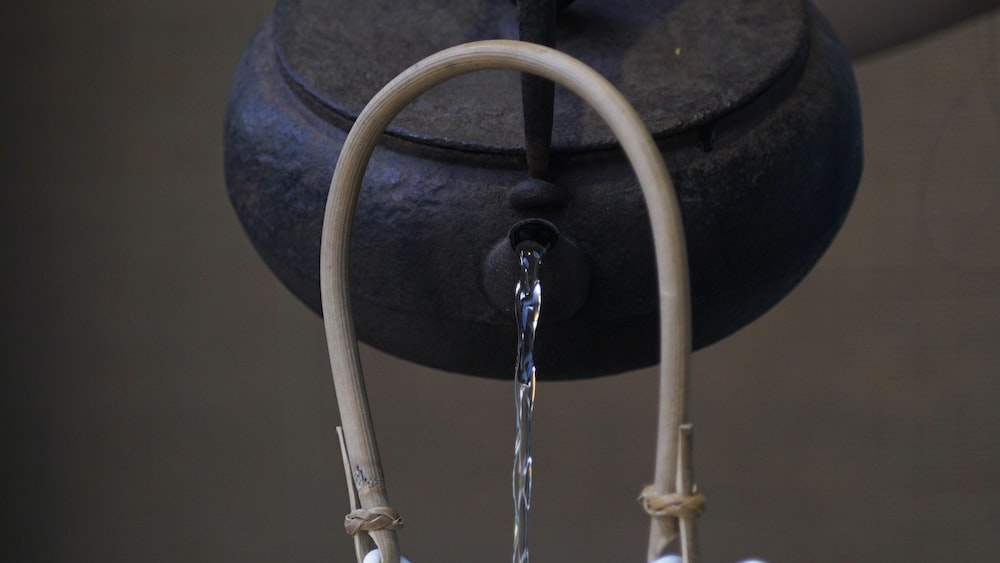
The Processing of White Tea
Curious about where does white tea come from? Let’s dive into the world of white tea processing. White tea processing is an art form that echoes serenity and tranquility. Gleaming under the sun, the tender buds are plucked early morning, when the dew pearls still sit precariously on their surface.
The buds are then spread out for natural wilting under the sun or in well-ventilated rooms, where they look like fallen stars scattered haphazardly on the ground. This step, known as withering, helps lower the moisture content of the leaves. Is it just me or does this sound like a spa day….for tea leaves?
After wilting, the tea leaves undergo a subsequent step known as “oven-drying” or “baking”, where they are gently baked to stop any possibility of oxidation, thereby retaining their youthful charm. Think of it as middle school for tea leaves, a phase where they stop maturing any further. Now that’s what you call nature’s standstill!
White tea processing is an art form that involves plucking tender buds early in the morning, wilting them under the sun, and then gently baking them to retain their youthful charm.
Types of White Tea and Their Origins
You’ve just had a crash course of tea 101, so now prepare to dive deeper into your quest on where does white tea come from. There’s a colorful palette of white teas to explore, each with its unique origin and story to unfold. On this thrilling tea journey, we will traverse from the snow-covered peaks of Fujian, to the ethereal landscapes of Yunnan to unravel the mysteries of silver needle white tea, white peony tea, and the exotic Long Life Eyebrow white tea.
Silver Needle White Tea
Our first stop on this virtual tour is the snow-kissed land of Fujian. Meet Silver Needle – the ‘crème de la crème’ of white tea. It’s the posh, velvet-rope VIP section in the tea club, made exclusively from the tender, unopened buds of the tea plant.
Looking at these tea buds, you’d swear they have been delicately crafted by an artisan. Covered with fine, silver-white hairs, they are as mesmerizing to look at as they are to sip. Fun fact: these “hairs” actually serve to protect the young buds from insects, harsh sunlight, and cold temperatures, like mini knight armor!
Named so due to its appearance that resembles the sharp, slender form of an actual silver needle, this tea screams elegance and sophistication. But don’t be fooled by its majestic demeanor, this tea is pure simplicity when it comes to taste – light, clean with underlying sweet notes.
White Peony Tea
Now, let’s meander through the tea forests to the birthplace of White Peony Tea, also known as Bai Mu Dan. Reputed to be the second-highest-quality white tea, it holds its own, thank you very much! Named after the peony, China’s national flower, it matches its namesake’s elegance.
In contrast to silver needle, white peony includes not only the buds, but also the first two leaves which are plucked along with the bud. This makes for a fuller-bodied flavor profile and lends an enchanting aroma, reminiscent of fresh springtime blooms swaying in a gentle breeze.
The resulting cup of tea is something quite special – a palette of gentle floral undertones merging with soft fruity notes. It’s like a serenade for your senses or even a breathtaking waltz on your taste buds. Now isn’t that just poetic?
Long Life Eyebrow White Tea
From the whimsy of white peonies, let’s shimmy down to the last, but definitely not the least, type of white tea. Brace yourself for the wonderfully named Long Life Eyebrow white tea, or Shou Mei. Certainly an eyebrow-raising name don’t you think?
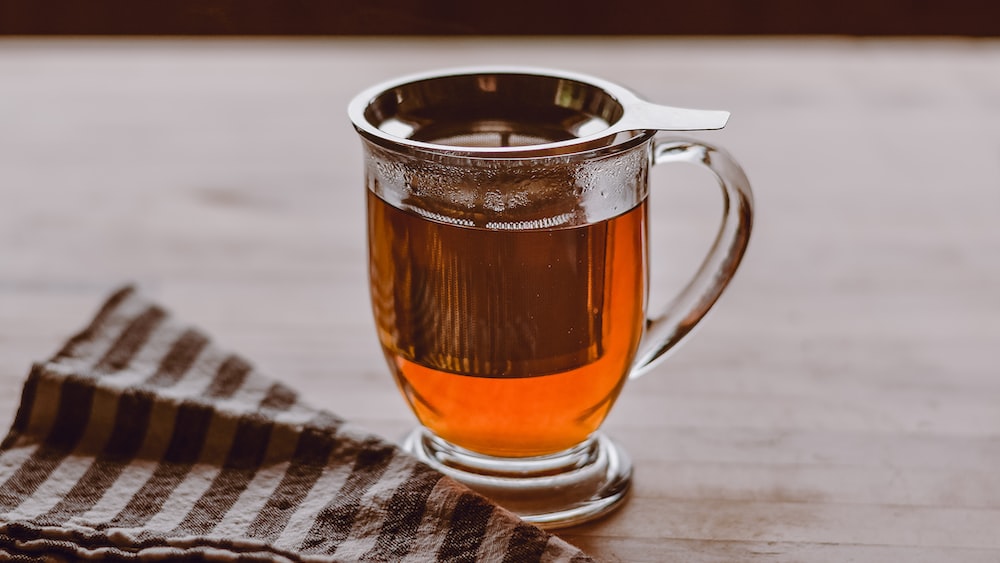
Unlike the other white teas that hail from Fujian, our Shou Mei is the wild child from Guangxi and Yunnan provinces. Only the leaves are used in its making, offering a robustness and complexity that’s quite different from its refined cousins.
Brimming with a vibrant flavor profile that oscillates between floral, fruit, and nutty undertones, Long life eyebrow leaves your palate entertained and yearning for more- a bit like the final act of a thrilling circus!
Long Life Eyebrow white tea, or Shou Mei, stands out from other white teas with its robustness and complexity, offering a vibrant flavor profile that leaves your palate entertained and yearning for more.
The Taste Profile of White Tea
If tea leaves could dance, white tea would be the ballet dancer – delicate, graceful, and understated in flavor. Have you ever wondered why white tea dances such a subtle jig on your taste buds? Let’s find out what choreographs the taste profile of white tea.
Understanding the Flavor of White Tea
White tea’s flavor can make you reminisce about a fairytale ballet, where all the flavors pirouette delicately, masterfully choreographed in just the right measure. Imagine a symphony of delicate floral tones, slightly sweet and fruity notes, all kept in check with a mild grassy finish.
While its flavor is soft-spoken, it is quite articulate. It whispers of the dew-kissed mornings and the tranquil serenity of its tea gardens. And as you sip and savor, you might notice a lingering sweetness on your palate, as if to remind you of its divine presence.
To break it down, white tea is like the hushed, soothing lullaby that gently puts your senses to slumber, leaving a taste of peace and tranquility lingering on. Now, isn’t that just a delicious dream to dive into?
How Origin Affects the Taste of White Tea
Don’t be mistaken, just like you and I, each white tea has its own unique personality that’s been shaped by its upbringing. It’s probably time to get technical about where does white tea come from; the type of soil, the weather, and the surrounding vegetation – all add their unique brush strokes to the final flavor painting.
For instance, silver needle white tea from Fujian carries a slightly sweet melody, owing to its homeland’s mild and moist climate. On the flip side, white peony possesses a fuller body, its flavor profile shaped by the beautiful mix of mountainous and maritime climate that it is brought up in. And then there’s our wild child, Long Life Eyebrow from Yunnan and Guangxi, robust, complex, and altogether a different cup of tea (pun very much intended!).
Health Benefits of White Tea
Last but certainly not the least, let’s talk about the rich array of health benefits white tea has to offer. White tea, often hailed as the elixir of immortality, packs a power punch of antioxidants and other beneficial compounds. It’s your steadfast wellness warrior, equipped to guard you against a plethora of health conditions. So prepare to step into the world of wellbeing, with your cup of white tea in hand.
Nutritional Value of White Tea
Have you ever wondered what’s so special about a cup of white tea? Is it just a pamper product for your taste buds, or does it hold a treasure-trove of nutritional goodness? Well, let’s dive right in. A single serving of white tea is packed with vitamins, minerals, and antioxidants. What’s more, it contains flavonoids, tannins, and polyphenols, which all contribute to its distinctive taste and health benefits. After all, tea isn’t just about leaves and hot water – it’s a potent cocktail hiding in plain sight!
At the same time, you should know that white tea has minimal calories – around 2 per cup (unadulterated, of course!) – thereby making it an excellent choice for all the health-conscious souls among us. As for caffeine content, it’s much lower than its black and green counterparts. So, if you’re seeking a subtler kickstart to your day minus the edginess, a cup of white tea it is!
A single serving of white tea is packed with vitamins, minerals, and antioxidants, making it a treasure trove of nutritional goodness with minimal calories and lower caffeine content.
Health Advantages of Consuming White Tea
Now, let’s delve a little deeper into why you should be trading your morning joe for white tea. Did you know that imbibing white tea could bring a host of health benefits your way? Quite literally, it’s like a wellness retreat in a tea cup!
First off, the antioxidants in white tea are known to potentially reduce the risk of chronic diseases like heart disease and cancer. Moreover, its anti-inflammatory properties can contribute to better skin health and might even delay the aging process – so every sip is like a mini spa session for your skin! Plus, if you’re battling bad cholesterol, white tea can help with that too. The cherry on top? Research suggests that white tea may aid in weight loss by boosting metabolism and breaking down fats. Sounds tempting, doesn’t it?
FAQs
1. What Makes White Tea Different from Other Teas?
What makes white tea so unique, you may ask. Well, the minimal processing it undergoes is what sets it apart. Unlike other teas, white tea leaves are handpicked at a particular point of maturity, when they’re still young and covered with fine white hairs – hence the name, white tea. This minimal processing allows the leaves to retain their delicate flavor and high nutrient levels, giving you a rich, wholesome experience in each sip.
2. How Does the Origin Affect the Quality of White Tea?
You may wonder, how does the origin make a difference in the quality of white tea? In fact, the quality and flavor of white tea greatly depends on its place of origin. Certain regions, particularly Fujian province in China, yield the best-quality white tea because of their favorable tea-growing conditions. The terroir, including the climate, soil quality, and even the tea picking traditions in that region, contribute to the distinct taste and quality that sets white tea apart.
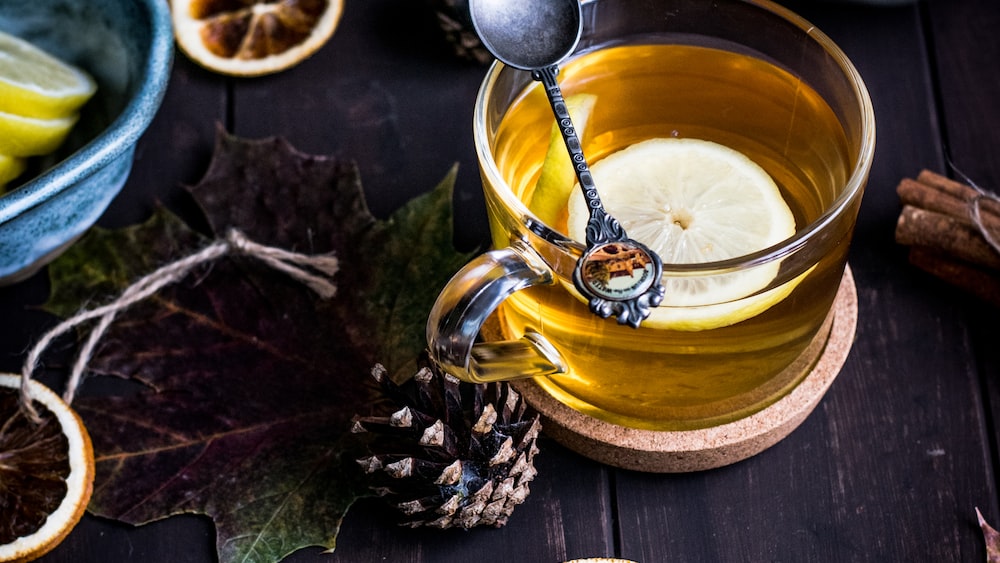
3. What is the Best Way to Brew White Tea?
Now, onto the brewing part of the equation. Brewing white tea takes a bit of care, considering its delicate nature. First and foremost, never use boiling water. Instead, aim for water heated to around 75-80°C. Add the tea leaves and let them steep for 2-5 minutes, depending on how robust a flavor you prefer. And voilà! Your perfect cup of white tea is ready to be savored.
4. Where Can I Buy High-Quality White Tea?
Wondering where to get your hands on top-quality white tea? Online marketplaces can be a good place to start, but not all teas are created equal. Ideally, look for direct-to-consumer brands that source their tea leaves directly from reputable tea estates. Keep an eye out for product reviews and company transparency to ensure that you’re investing in a quality product. Happy shopping!
Conclusion
In shedding light on “where does white tea come from” and unmasking its nutritional value, we’ve shared a glimpse into this intricate world of tea and its intriguing origins. But remember, a cup of tea is not just a beverage – it’s a sensory experience, a cultural immersion, an ode to an age-old ritual. So next time you’re brewing a pot of white tea, pause and reflect on the journey it’s taken from the leaf to your teacup.
Finally, whether you’re an artisanal tea aficionado or simply a curious reader, we hope this deep-dive into the world of white tea sparks a sense of discovery in you. From its humble beginnings in China to its burgeoning popularity worldwide, the tale of white tea shows us that a seemingly simple beverage can carry within it the whispers of history, tradition, and health for all to hear.
As the stillness of the night sets in, I quietly brew myself a cup of white tea, relishing in its subtle aroma, and basking in its minimalistic elegance. I hope this article inspires you to create your own white tea rituals and uncover its many wonders, just like I did. Until next time, comrades in tea, stay steeped in health and delight. Warmly, Zoe.

